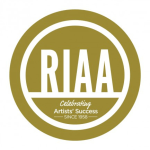If you’re like us at Soundiiz, you have many questions about the world of streaming and its history. Among the things we obsess over is understanding how it all began. Which piece of the puzzle fell into place and led to all the others? What was the first ever MP3 song? Which song launched the streaming era?

Let’s take a trip back in time and tell you all about it!
Which song launched the streaming era? A bit of context.
It’s the early 1990s, and music is purchased exclusively in physical format. In record stores or any other outlet where records are purchased. The computer revolution is still in its infancy, and although it’s close, it still seems distant. The recorded music industry has faced several crises but remains resilient. It’s not uncommon for some artists to sell several million albums on CD or vinyl. With the emergence of the compact disc format, vinyl has lost its luster. For many, this was the most significant change they had ever experienced. And few doubt that another, even bigger, change could come.
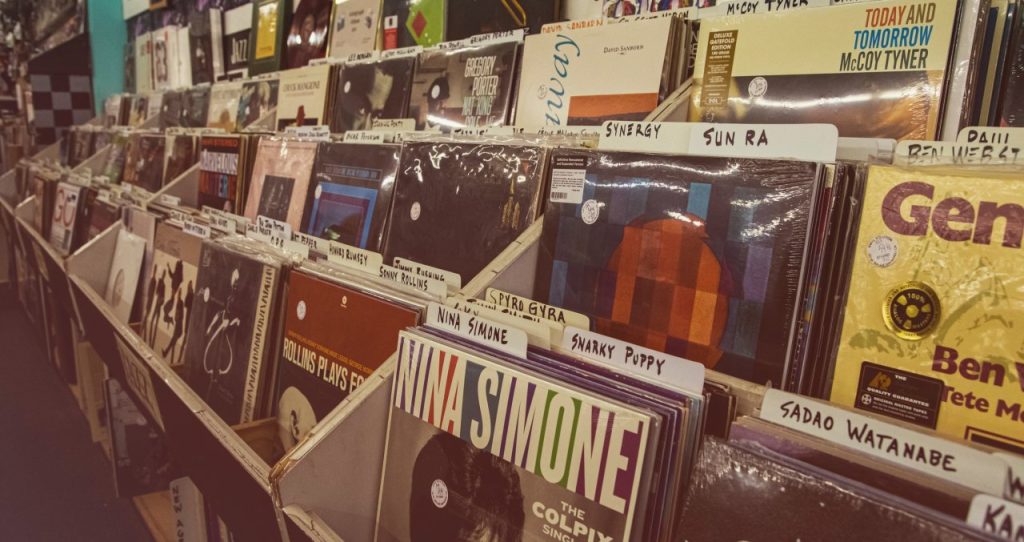
But behind the scenes, everything is changing. Napster and iTunes are poised to disrupt the music industry forever and, with it, the world of culture. The advent of the MP3 format, a method of encoding music, symbolizes an almost limitless field of possibilities. By making music purchasable or illegally downloadable, they open up a new horizon of possibilities. To learn more about the history of music streaming, we recommend our article.
Controversies
Some, in hindsight, will see it as Pandora’s box: with the digitization of music, everything is shattered. Copyrights are being trampled, the position of artists is weakening, and platforms will eventually devour everything, leaving only crumbs for those responsible for creation. Others, however, view it as the beginning of an era of democratized creativity, where everything is accessible to everyone. Where borders are abolished, where artists can reach their audiences in a new way.
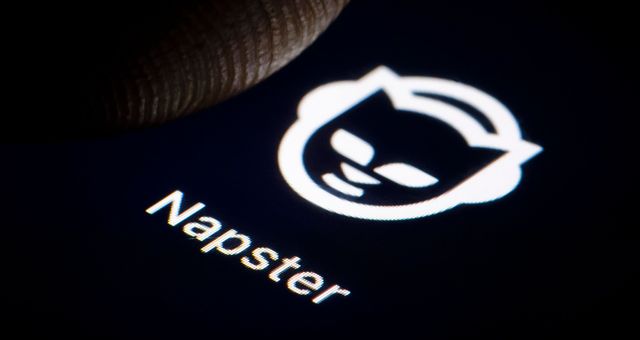
Artists and labels, for their part, are compelled to adjust their strategies. And quickly. CDs and vinyl records are no longer enough: they must establish an online presence or risk disappearing. Consumers are also becoming accustomed to new listening methods, and in the early 2000s, it seemed as if the Internet had always been a part of their lives. A parallel economy was established, with its own codes and obligations, media, and platforms. And its multi-million dollar business.
Whether you view it as a force for good or a potential threat, the arrival of the Internet and the MP3 format was undoubtedly a game-changer. It was a mini-big bang that shook the music industry to its core, sparking a wave of change that had to be navigated and tested.
Which song launched the streaming era? Meet Suzanne Vega!
When Suzanne Vega released her album Solitude Standing in 1987, she had no idea that her first song, “Tom’s Dinner,” would usher in a new era. Suzanne had written the track in 1982, and it appeared on a folk compilation two years later, but its airplay was limited. Was the song doomed to relative oblivion? The release of Solitude Standing changed that.

This second album by the singer was a critical and commercial success, cementing a career that, as of 2025, remains strong. Praised for her voice, capable of many nuances, but also for her songs where folk is sometimes jostled by rock, Suzanne Vega was showered with praise by critics, and it wasn’t long before “Tom’s Dinner,” in its acapella version, was receiving radio airplay.
And what was originally just an introductory song on an album that marked the year 1987 would earn Suzanne Vega the nickname “Mother of the MP3.” No less!
Which song launched the streaming era? And now, meet Karlheinz Brandenburg!
At that time, German engineer Karlheinz Brandenburg had been working for several years on a codec to encode music in digital format. Since the 1960s, with the advent of the first computers, many scientists have pondered how to store music digitally, allowing it to be played and shared. However, the size of each file was far too large, and solutions had to be found. MP3, which allowed the encoding of relatively small files and their mass distribution between multiple devices via the Internet, was one such solution. The MP3 format, short for MPEG-1 Audio Layer 3, was a revolutionary method of compressing audio data without significantly compromising its quality, making it ideal for digital distribution and storage.
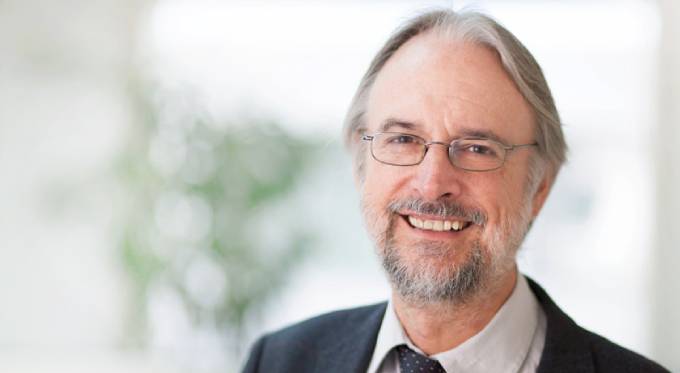
Karlheinz Brandenburg was working on the future MP3 codec, and while walking down a corridor, he heard a song coming from a radio. It’s “Tom’s Dinner,” a song he’d never heard. Suzanne Vega’s voice envelops him, inspiring him with new ideas.
Inspiration
Karlheinz was then refining his compression algorithm, seeking to make it as precise and high-quality as possible for the songs. Listening to Suzanne’s voice, he told himself that if he could compress it and make it as clear as its unaltered version, then he’d know his algorithm was perfect. This moment, hearing ‘Tom’s Dinner’ for the first time, was a turning point in the development of the MP3 format, as it provided a real-world benchmark for the quality of the compression algorithm.
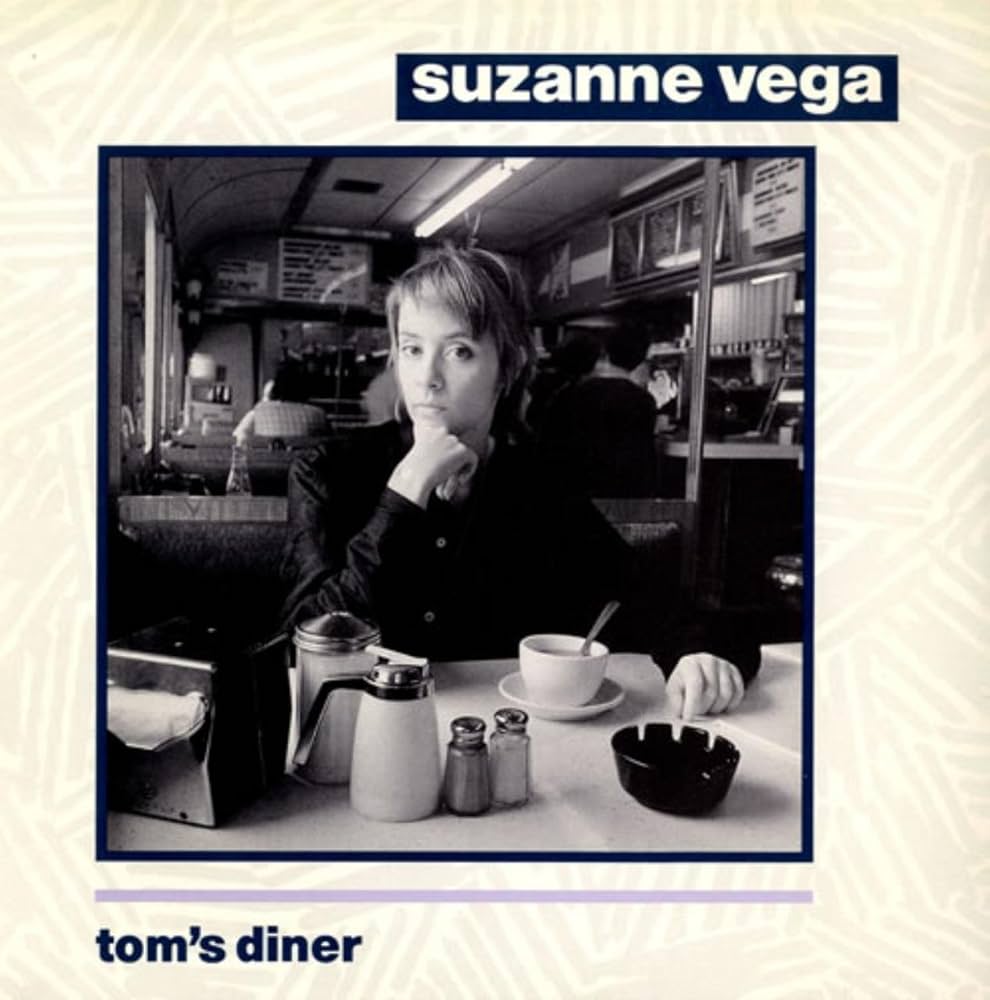
Another event came into play: while Karlheinz Brandenburg was finalizing his thesis, he read in a hi-fi magazine that Tom’s Dinner was being used to test the audio quality of loudspeakers. Experts believed that if the speakers could reproduce the fullness and warmth of Suzanne’s voice, they were of optimal quality. Reading this anecdote drives the point home: the engineer and his team are determined to use “Tom’s Dinner” as a benchmark to repeatedly test their codec.
Joining forces
After several attempts, it became clear that Suzanne’s voice, once compressed, bore no resemblance to anything in the original song. While the result was frustrating, it also showed the engineers that they still had a long way to go. “Tom’s Dinner” became their benchmark. They replayed the song repeatedly until they achieved the desired result. The fact that they were using a song sung acapella allowed them to detect every tiny detail or flaw. It was almost the ultimate example or the perfect one.
It’s important to note that the comparison with the original version can sometimes be stark, but it’s this very contrast that helps us understand what an MP3 is supposed to sound like. Other companies, recognizing the potential of the MP3 format, came forward to assist Karlheinz and his teams. Soon, CNET, Bell Labs, FHG, and Thomson Brandt joined forces to refine the technology. Engineer James Johnston, at Karlheinz’s suggestion, began using ‘Tom’s Dinner’ as a reference, further solidifying the song’s place in the history of the MP3 format.
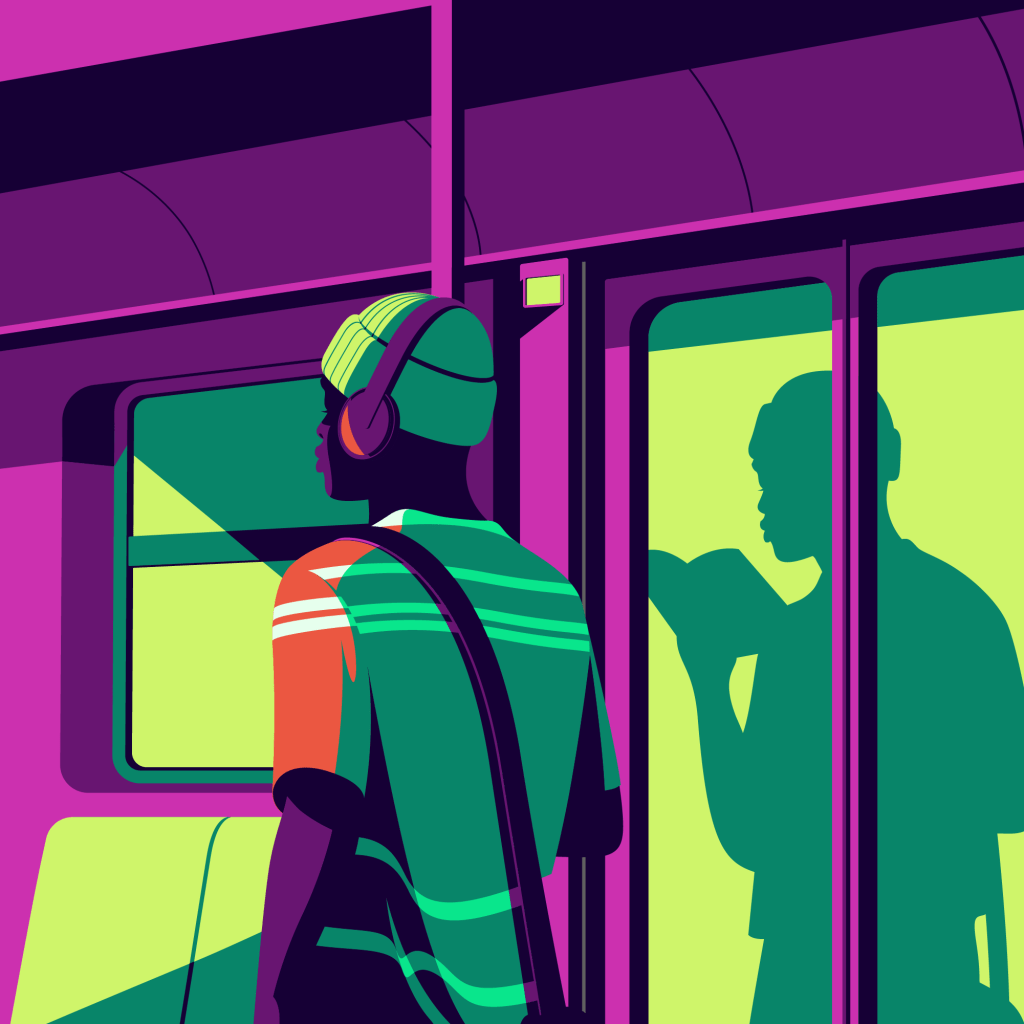
After months and months of work, the MP3 codec was ready. It was first named “MPEG-1 Audio Layer III” in 1991 before receiving international certification a year later, in November 1992. On July 14, 1995, it was named MPEG-1 Audio Layer 3, and the first files using the MP3 codec were officially released.
History was in the making.
What happened next?
Well, after… Engineers and scientists of all stripes hailed the innovation enabled by MP3. Some even called it a revolution. But others gritted their teeth. While compression made audio files smaller, they inevitably affected their quality. It wasn’t long before audio experts began to protest the sound quality of compressed songs, deeming them unworthy and unlistenable.
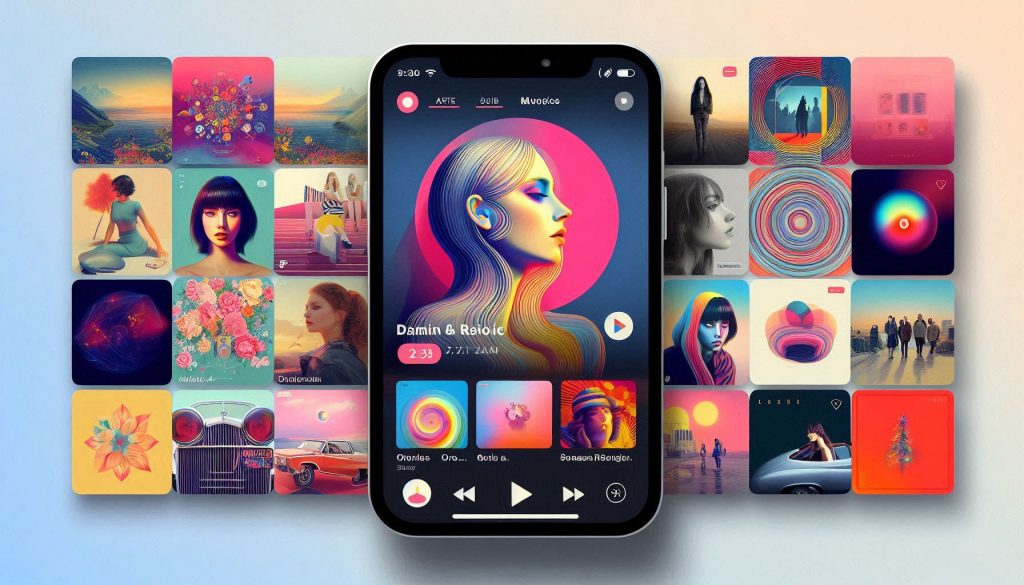
Very shortly after the official introduction of the MP3, another major problem arose in the music industry. One that would forever change the course of history: piracy. Because smaller files are more shareable, and shareable files can lead to piracy. Under the impetus of Napster, thousands of files were made available for free, without any compensation.
And the world of music as we know it changed forever. All thanks to—or because of—a seemingly innocuous song released in 1987: “Tom’s Dinner.”


